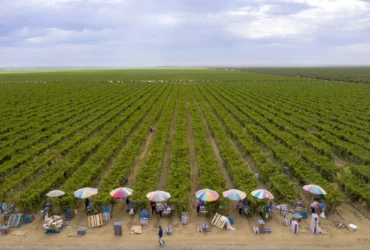When President Abraham Lincoln signed the Morrill Act into law in 1862, its so-called “Land Grant” program was intended to give fledgling colleges and universities public property that they could use or sell. But much of the land was taken from Native American tribes without payment, sometimes with force.
A team at High Country News, with a grant from the Fund for Investigative Journalism and support from several other organizations, spent two years locating 99% of the 11 million acres that were taken from 250 tribes, and they created a public database of the information.
Their research showed that universities across the country have built substantial endowments using land that was taken from Native Americans. The Morrill Act stipulates that money from the land sales must be used in perpetuity, which means that the funds remain on university ledgers to this day. In addition, the report found that at least 12 states still hold unsold land obtained under the Morrill Act (and the mineral rights associated with that land), which means colleges and universities in those states continue to receive revenue from it.
Reporters Robert Lee and Tristan Ahtone also showed that the schools that have benefited substantially from Native American land are not serving Indigenous communities. Native Americans remain largely absent from student populations, staff, faculty and curriculum at these schools.
The investigation’s findings were covered in other media outlets nationwide, including Politico, USA Today, the New York Times, the Chronicle of Higher Education, Forbes, and others. As a result of the investigation, students, faculty, staff, and community members in several states have begun to press colleges and universities to take steps toward reconciliation.
“This investigation was years in the making, and we know that its impact will be felt for years to come,” Ahtone said.



